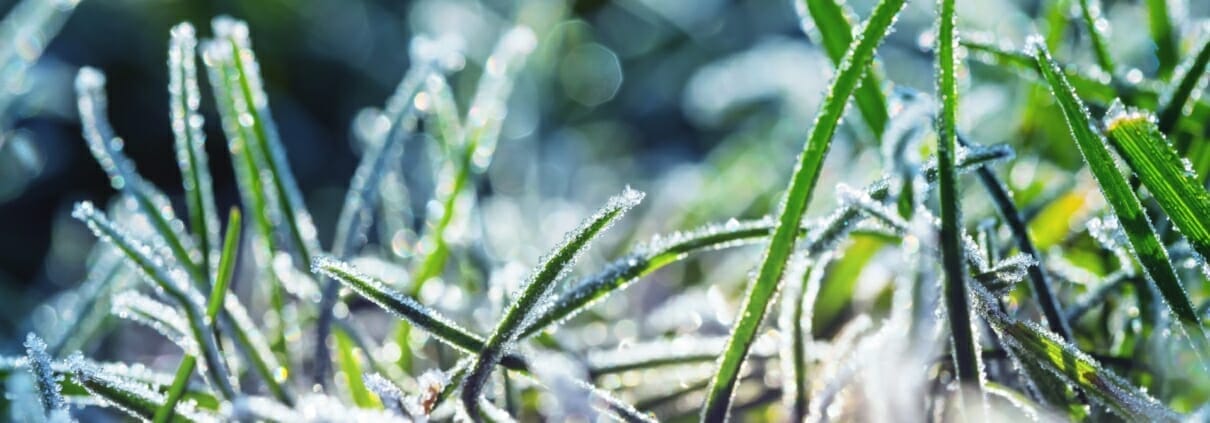Luxury Lawn Care for Winter: The Ultimate Guide
Virginia may be considered a Southern state, but that doesn’t mean that it’s impervious to cold winters. In fact, the average January low temperature in Northern Virginia is 29 degrees.
When you’re dealing with below-freezing temperatures, it’s important to think about how your lawn will fare through the winter months. The better you take care of your lawn during its dormant season, the better it will come back to life in the spring.
Fortunately, there are a few lawn care tips that will help you prepare your grass for the winter and cultivate solid growth in the spring.
Read on to learn more about lawn care for winter and find out how lawn care services can make your life a whole lot easier!
Winter Lawn Preparation
In the late fall, it’s time to start watering less and preparing for winter. As you approach below-freezing temperatures, your grass is settling into its dormancy period, and there are a few ways that you can nurture that. Read on to learn what you should do for your lawn leading up to winter.
Mindful Mowing
Generally, you don’t want to mow your lawn too short as this causes more damage than many root systems can fix on their own. In fact, you want to avoid clipping more than 1/3 of your grass at a time.
As the temperature drops, mow your lawn about every 10 to 14 days. On your final mow, cut the grass so that it’s about 3/4 to 1 1/2 inches tall. This is the ideal height to prevent things like snow mold that still allows you to put away the mower for the winter.
Zero-Phosphate Fertilizer
Your soil may be depleted after a steady growing season. Laying some fertilizer just before winter is a great way to replenish the soil for a healthy regrowth period in the fall. We recommend using an organic fertilizer with 0% phosphate.
Why no phosphate? While most plants (grass included) benefit from the presence of phosphorous, it’s possible to overdo it. When soil contains too much phosphorous, the root system of a plant can no longer absorb the other nutrients it needs to thrive.
In other words, save the phosphates for the post-dormancy season!
Clear Out Debris
Make sure that you take care of those end-of-season leaves and remove things like toys, lawn chairs, and firepits from your dormant lawn. Because your grass does not have the conditions it needs to replenish itself regularly, leaving debris on the lawn can smother your grass. These areas then become more susceptible to disease–and become a potential dwelling place for insects and rodents!
Lawn Care in the Winter: What Does Grass Need When It’s Dormant?
The better you prepare for winter by following the steps above, the less you’ll need to do during the cold season. However, that doesn’t mean that all lawn care should cease. Let’s take a look at a few simple steps you can take during the winter to keep your dormant lawn healthy and happy.
Aerate
Believe it or not, winter is a great time to aerate your lawn! It’s perfectly fine to take care of this step in the late fall, but if that didn’t make your to-do list, don’t sweat it.
Aeration is meant to prevent thatching and compacted soil, two things that make it really difficult for your grass to rejuvenate itself in the spring. Aeration also provides channels for air, water, and nutrients to reach the roots of your grass. This can help the soil from drying out during a dry winter and prevent root rot in a wet winter.
Look Out for Weeds
Winter weeds love a dormant lawn. They’re more than happy to seek out every space where your turf has weakened and completely take over. The problem is that you may not see them until they’ve already established deep roots since many winter weeds germinate in low temperatures and grow in warmer temperatures.
To prevent weeds from taking over, you can use a selective herbicide or a weed n’ feed style product. However, remember to follow the directions carefully and avoid overusing these products, as they can burn your grass.
Don’t Remove the Snow
When you shovel that freshly fallen snow from your driveway and walkways, make sure to leave your lawn out of it. It may seem detrimental to leave snow on your dormant lawn, but it actually works to insulate your lawn from extremely low temperatures. Plus, shoveling the snow on your lawn is risky–you may end up digging up big chunks of your turf.
Find a Different Path
Do your best to stay off the lawn during the winter months. If it’s necessary to cross it on foot, try to make sure that you’re not following the same path every time.
Just like debris can smother your grass, so can your feet. Grass isn’t nearly as capable of bouncing back when it’s dormant as it is in the warmer seasons. If you tread the same path every day, you’ll notice that path struggling to regain its lusciousness and color in the spring.
Let State of the Art Landscape Help with Winter Lawn Care
Northern Virginians take great pride in our lawns and want to make sure they’re in tiptop shape. However, it’s easy to assume that lawn care starts in the spring and ends in the fall. After all, there’s not a whole lot of growth happening in below-freezing temperatures.
The truth, however, is that winter lawn care is a crucial part of year-round maintenance. The better you prepare your lawn for winter, the more vibrant and lush it will be in the spring!
Fortunately, you don’t have to take care of winter lawn care on your own. State of the Art Landscape is proud to serve homeowners and property managers in Northern Virginia. Contact us today to find out more about our services.




Leave a Reply
Want to join the discussion?Feel free to contribute!